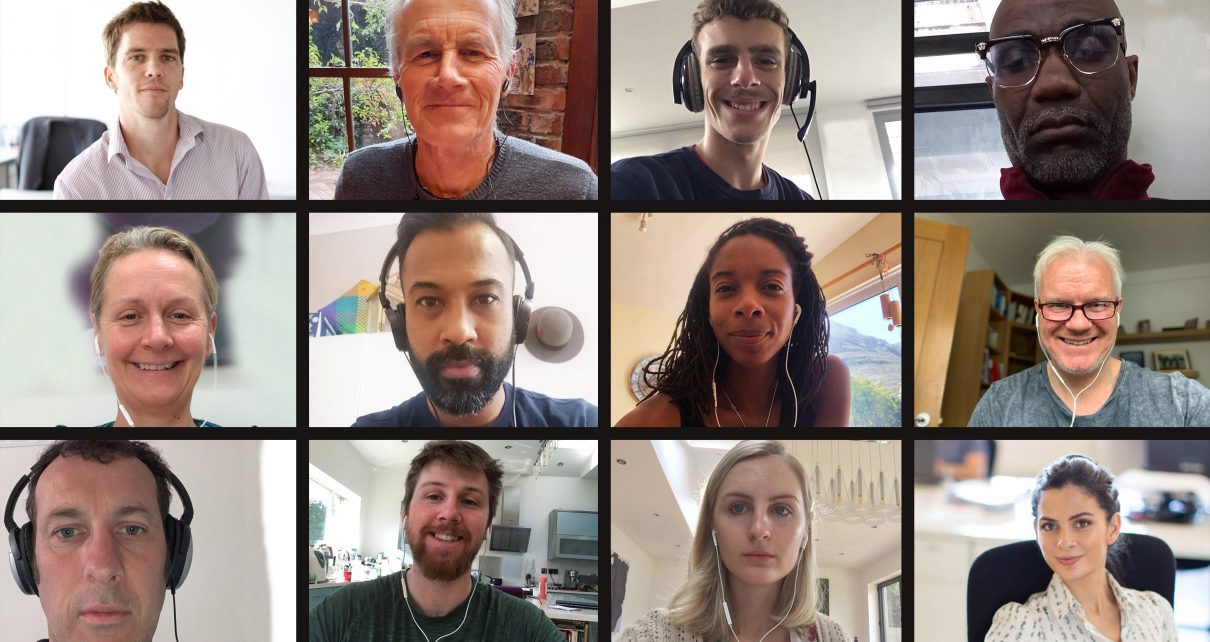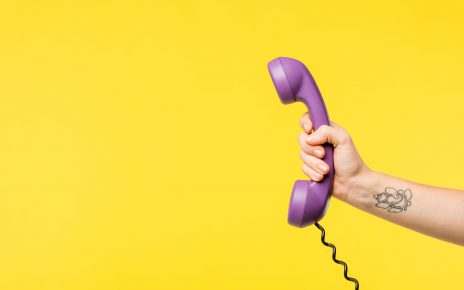It is not an easy thing to stare at my Zoom self, meeting after meeting, day after day. This unflattering yawn, that stray wisp of hair I cannot touch again without seeming nervous or vain, these chins. Watching ourselves is exhausting but also compelling. Thinkers both ancient and modern have grappled with why.
Mirrors are strange because they produce the image of another body moving in perfect synchrony with your own—something you never experience otherwise. The radical ubiquity of mirrored surfaces in everyday modern life has trained our ancient brains to use them: to back our cars into the street, to inspect our molars, to shave. This rare experience of perfect synchrony is closely tied to our own (usually unemotional) faces. But observing your perfect double as a body-in-action remains, for most people, distracting and awkward. My favorite local restaurant has angled the mirrors behind the tables so that I can enjoy the light and movement they offer but needn’t watch myself socialize.
Children realize that a reflected image is themselves by the middle of their second year; at least it takes them until then to reach up to remove an unexpected sticker on their head (rather than move toward the mirror). In the 1880s, German physiologist William Preyer, while documenting every day of his son’s early life, paid special attention to the boy’s reactions to his own mirror image. At 14months, the child waved his hand behind the mirror as if searching for another person, and four weeks later touched the surface of the mirror itself to do this; at 17months, he made faces at himself. Preyer thought mirror recognition marked a watershed moment in a child’s ability to think of the self as the self—as something independent of the surrounding world, a kind of object distinct from other objects. I exist.
A key piece of recognizing yourself is being able to detect when two things are temporally dependent, or contingent. As early as four months, infants prefer to watch a video clip where the audio and visual streams are synched correctly versus not. At this same age infants begin to prefer slightly imperfect synchrony in their social interactions, exactly the kind you’d expect from a partner, a call-and-response(some have theorized that it is a continued preference for perfect synchrony that distinguishes children with autism).
Recognizing motion matches between ourselves and others uses the same part of the brain as self-recognition: if she reaches out her arm, the part of my brain that controls my (potential) reach also activates. Italian neuroscientist Giacomo Rizzolatti and his colleagues first saw this “mirror neuron system” in monkeys; our brains, too, reflect the actions of a partner even if we don’t actually make the movement. Of course, we sometimes do make the movement, or a small version of it, without even realizing. Try to watch a video of someone else smelling something horrible without moving your face. Over 260 years ago Scottish philosopher Adam Smith commented that it seemed especially true of eyes: if someone else’s eyes water, so do our own; if they wince in pain, so do we.
The ancient Roman emperor Marcus Aurelius advised those seeking to live fully to “enter others’ minds, and let them enter yours.” When you wrinkle your nose, so do I a little, and our brains recognize a kind of micro-kinship. Even before they can walk, infants notice (and prefer) people who imitate them to others who are just playing.Some “mirror neuron” brain areas are especially active when you imitate someone in a mirror style: if you’re facing them and they move their right hand, you move your left. This also activates language areas in the brain, maybe because face-to-face imitation is inherently communicative—it helps us understand each other. That colleague nodding enthusiastically in his Zoom square is a pleasure; the “thumbs up” symbol less so.
We may now use our brain for language, but long ago our ancestors coordinated themselves through gesture. This coordination of me and not-me includes distinguishing our own thoughts from other people’s, a skill that also uses those same brain regions but takes a bit longer to hone. Your preschooler is still struggling with understanding how someone could think in their head something different than what is true in the world. That’s why she needs you to explain why she can’t nod “yes” during a phone conversation, or why you’ve spent 20 minutes looking for shoes that she knew perfectly well (but didn’t mention) were already in the car.
So, the challenges of live self-stream.
First, the nonmirror-style self. For example, I have a freckle under my left eye. In my mirror, it appears on the left side of space (that is, under the mirror-person’s right eye) and that’s how I’m used to it. If you’re looking at me, it appears to you on the right side of space. Thankfully, Zoom now handles this weirdness for us: I see myself mirror-style, but for you I’m flipped. Many phones also have this built in, so we can say “yes there’s me” to a selfie, rather than “ugh.”
Second, you’ve been practicing perfect self-contingency detection (you feel your arm moving while you see it moving) since you were two months old. Now you feel your arm move and see it move slightly later. No wonder you can’t tear your eyes from yourself.
Third, that slight asynchrony we like between ourselves and others is unpleasantly magnified by glitchy wifi. Research shows that a response delay of as little as 1.2 seconds disrupts your feeling of connection with another person. You can’t read them, they can’t read you—are they laughing with you, or at you?
Fourth, it’s a documented phenomenon that people overattribute emotionality to their own neutral faces. We’re accurate in recognizing neutral expressions on other faces, but tend to “see” expressions in our own; when we do, we misidentify our expression as negative the great majority of the time.
Laboring away under the frowning, slightly-askance gaze of your own, slightly-delayed self, and without those perfectly imperfect microimitation asynchronies we’re built to crave—it’s exhausting work.




